This is because the browser default user agent stylesheet adds style for some elements, in that case I'd recommend using a reset css.
Now back to the question, the space appears because you're using float so it will contain the default margin of the h1. According to https://developer.mozilla.org/
The float CSS property places an element on the left or right side of
its container, allowing text and inline elements to wrap around it.
The element is removed from the normal flow of the page, though still
remaining a part of the flow.
Reference: https://developer.mozilla.org/en-US/docs/Web/CSS/float
Whereas background color of div elements doesn't respect to the margin of its child, you have to use padding for that. Because margin applies outside of the border of the element and padding happens inside the borders.
Here's an example:
#container { height: 60%; width: 100%; background-color:green; }
#container h1 {margin: 100px 0;}
<html>
<head>
<link rel="stylesheet" href="css.css">
</head>
<body>
<div id="container">
<h1>test</h1>
</div>
</body>
</html>
As you can see the margin is omitted by the background color of the parent, but still takes place.
Here's another scenario.
#container { height: 60%; width: 100%; background-color:green; }
#container h1 {margin: 0; padding: 100px 0;}
<html>
<head>
<link rel="stylesheet" href="css.css">
</head>
<body>
<div id="container">
<h1>test</h1>
</div>
</body>
</html>
You can see what happens when padding is added to the h1
Here's the answer for your question, to make them both fly on the same line remove the margin for the h1
#container
{
height: 60%;
width: 100%;
background-color:green;
}
#floatElement
{
top:0px;
height: 60%;
width: 50%;
background-color:red;
float:right;
}
#floatElement h1, #container h1{
margin-block-start: 0;
/*you can also use margin: 0 in short */
}
<html>
<head>
<link rel="stylesheet" href="css.css">
</head>
<body>
<div id="floatElement">
<h1 >this is a test inside the float element</h1>
</div>
<div id="container">
<h1>test</h1>
</div>
</body>
</html>
